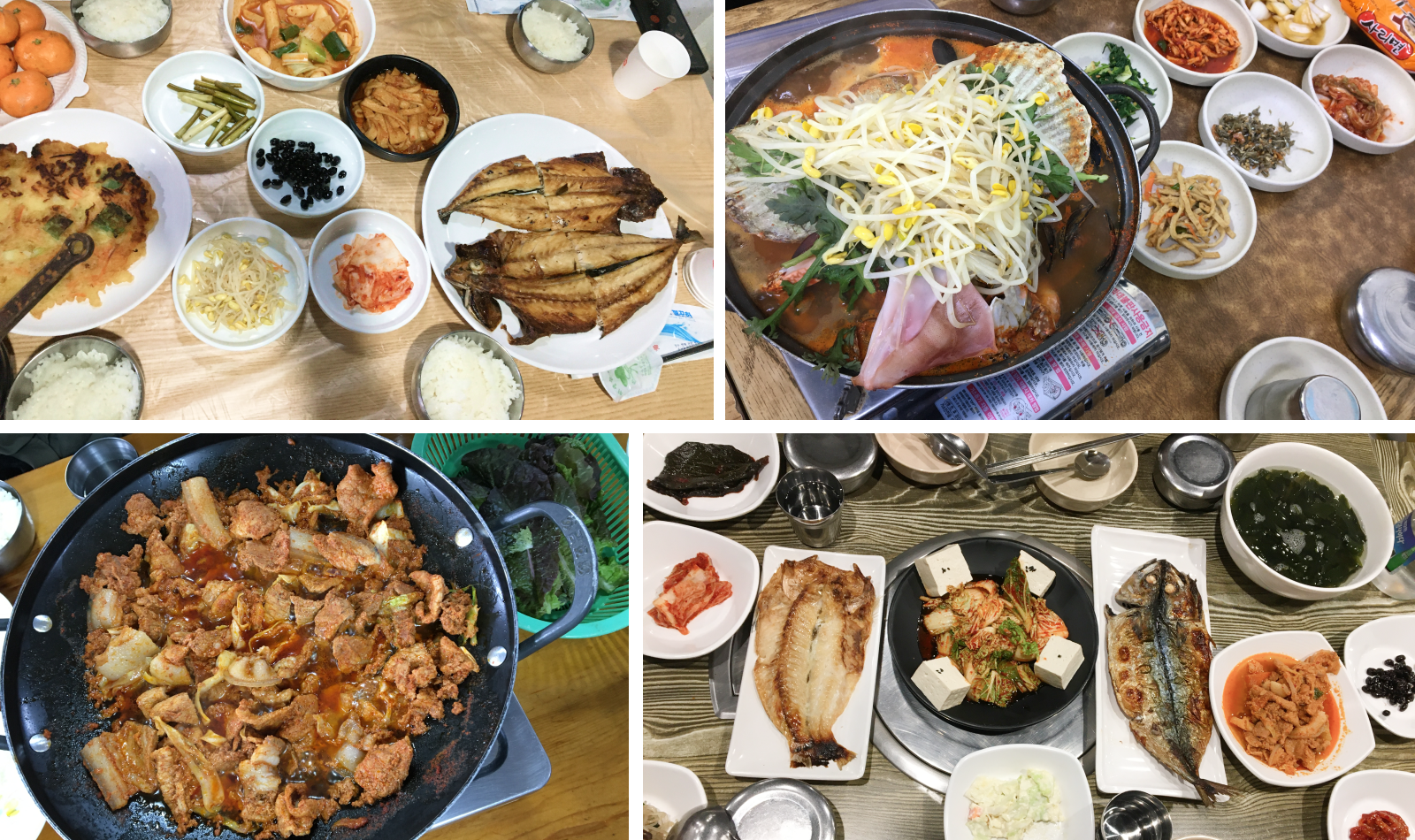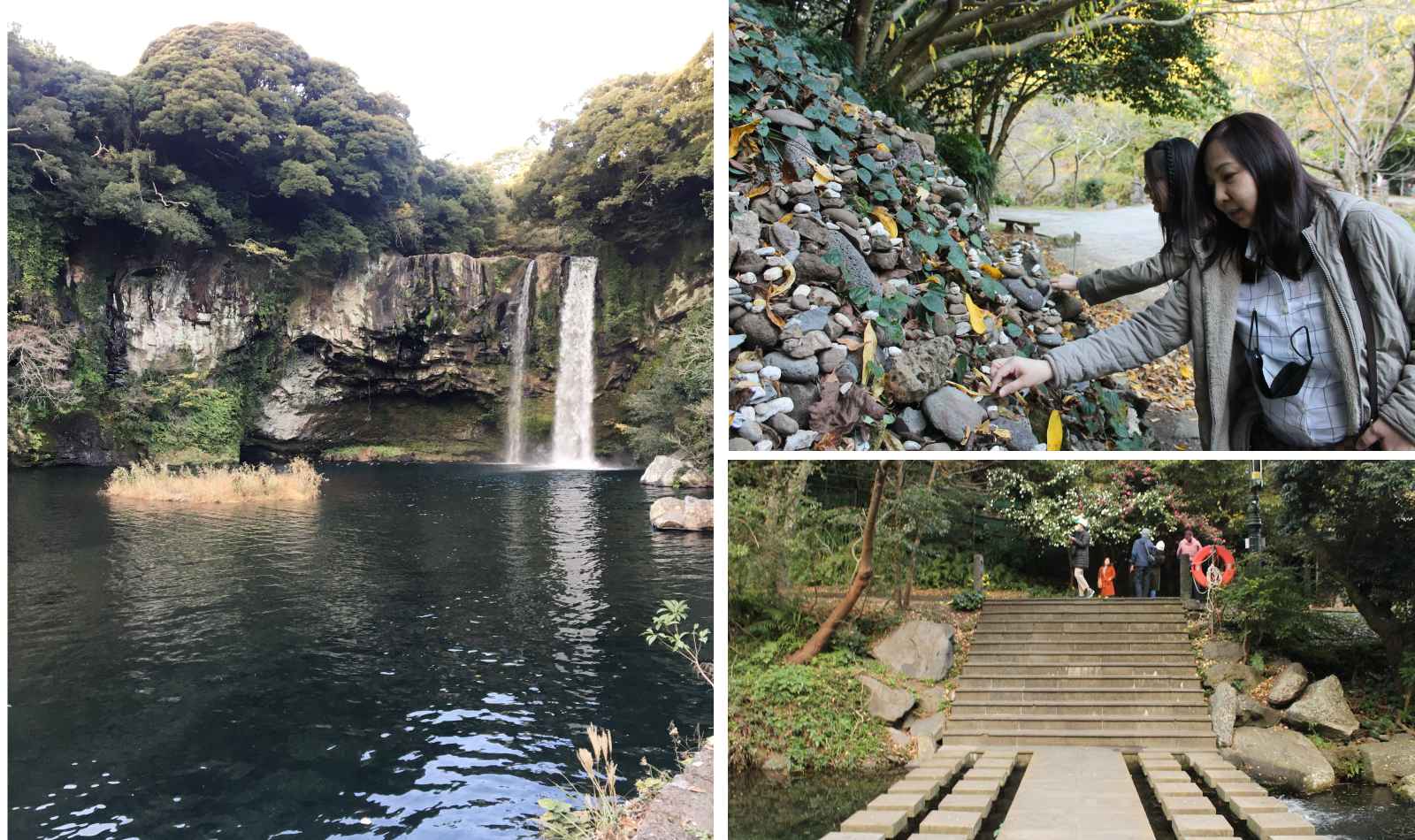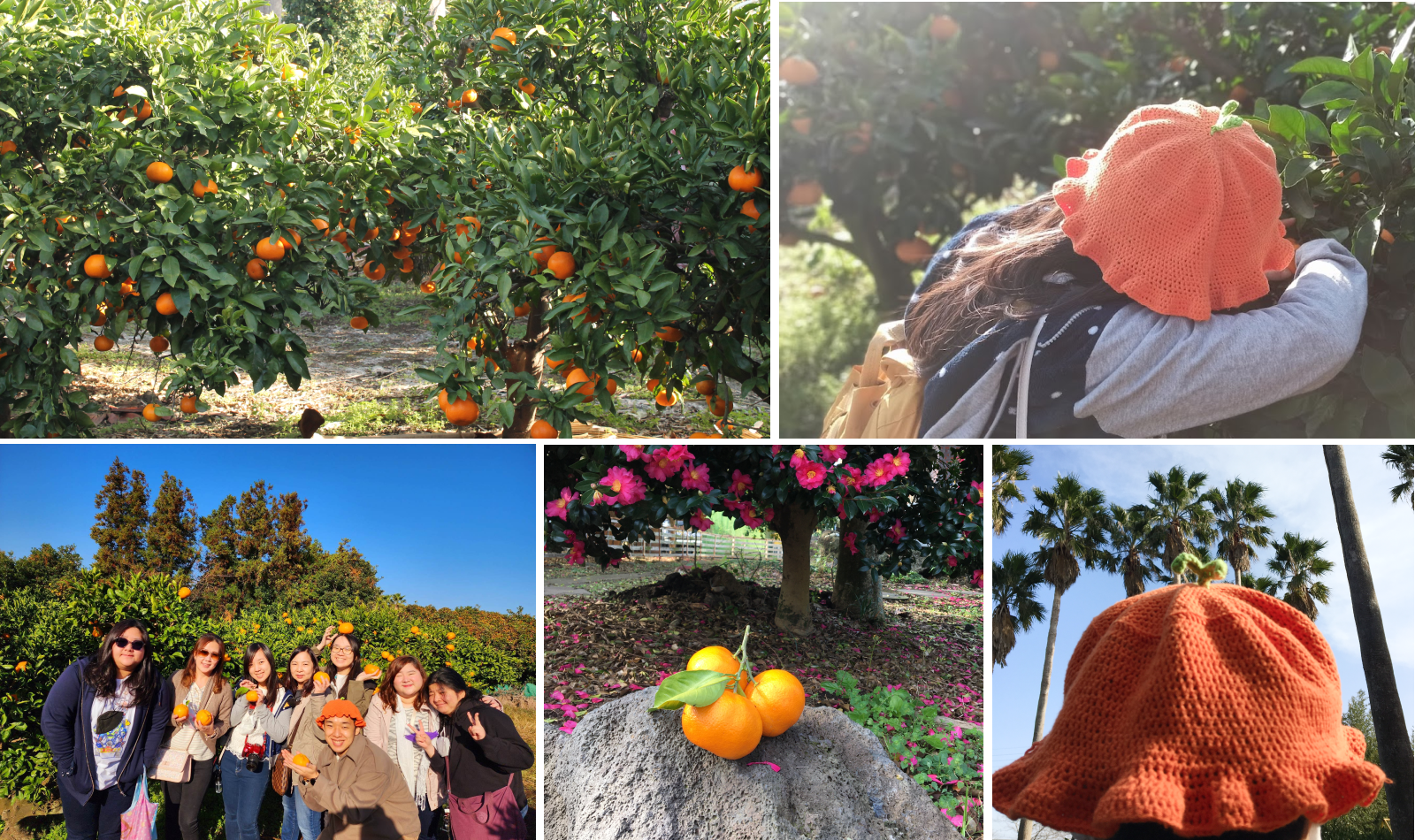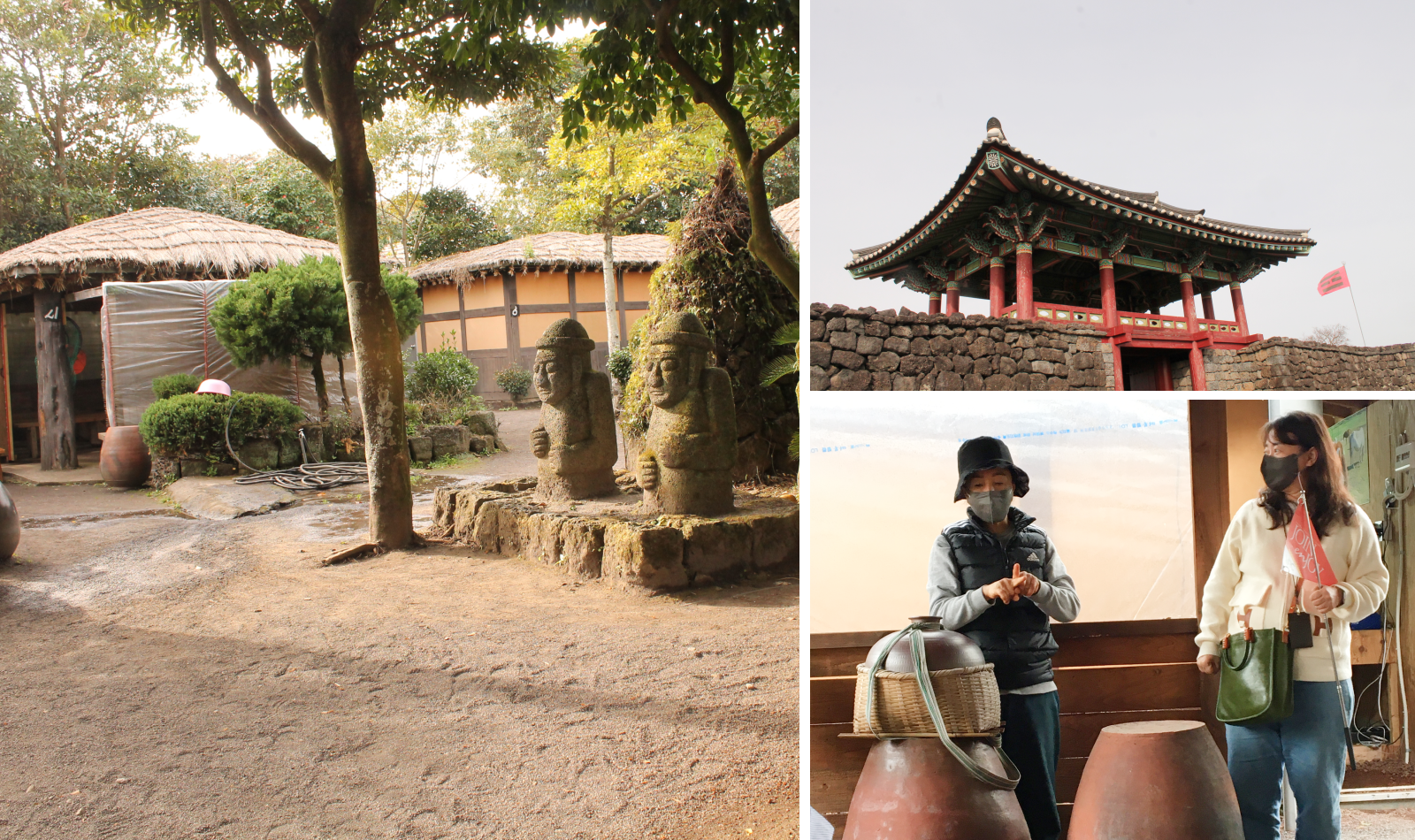- 한국어
- English
- 日本語
- 中文
- العربية
- Español
- Français
- Deutsch
- Pусский
- Tiếng Việt
- Indonesian
By Honorary Reporter Jadiene Shani Teng from Philippines
Photos = Jadiene Shani Teng
During the COVID-19 pandemic, my family and I passed the time binging on K-dramas. One of the places we constantly saw in such content was Jeju Island. As soon as travel restrictions were eased last year on November, we immediately booked a tour package to Jeju from Manila.
Located in the southernmost part of Korea, Jeju is famous for its breathtaking views, magnificent scenery, ever-present dol hareubang (stone statues) and unique culture, things we all experienced during our trip.
My family and four cousins went to the island from Nov. 24-27 last year; we joined a tour group of 30 people going to Jeju. After our arrival, we immediately headed for a restaurant for dinner and our meal was amazing. Each of us ate an entire mackerel, an island specialty, served with a variety of side dishes. Throughout the trip, we also had other Jeju culinary delights including black pork and a traditional meal.

We ate a variety of dishes during our visit to Jeju Island.
We started our tour by visiting Jeju Folklore and Natural History Museum. As a museum lover, I enjoyed seeing the exhibits and learning more about Jeju's culture and traditions. For example, when visiting a jeongnang, or a gate made of logs at a traditional home on the island. I found it interesting that the position of the logs signifies when the owner will return home -- soon or late -- and whether he or she is at home.
In the afternoon, we visited Cheonjiyeonpokpo Falls. We had to walk for a while before reaching the falls but found it an enjoyable stroll since we were surrounded by nature. Toward the end, we saw a pile of rocks and the sign next to it explained that when placing a small rock on the pile, one's wish comes true. Each of us did just that and made a wish.

We loved walking around Cheonjiyeonpokpo Falls and seeing the abundant trees, water and stones.
One of the highlights of our trip was visiting the mountain peak Seongsan Ilchulbong, a UNESCO Heritage Site. We didn't reach the top but still saw stunning views of Jeju. I love the picturesque view that combines everything -- the mountain, sea and city.
Jeju is also known for hallabong, a type of tangerine. Months before our trip, I started to weave my own version of the hallabong hat, inspired by the ones I saw online. We visited a hallabong farm to pick a few to taste and they were sweet and refreshing. We also saw hallabong juice, chocolate and even vitamins as we toured the island.

All of us took turns picking hallabong and wearing the fruit-shaped hat at a hallabong farm.
Our tour guide said Jeju has "no thieves, beggars or gates." We had a quick stop at Seongeup Folk Village, which is a far cry from the modern Korea usually seen on television. We saw ancient houses that the villagers turned into cultural heritage. One local even welcomed us and told us about Jeju and its history and lifestyle. Hearing this directly from a resident made us appreciate the island's unique culture even more.

Visiting Seongeup Folk Village gave us a glimpse of the traditional Jeju lifestyle.
Despite our short trip, we thoroughly enjoyed this vacation. Jeju is a great destination to relax, enjoy marvelous views and feast on delicious food. Don't let the island's small size fool you as we still have many places to visit and explore there.
msjeon22@korea.kr
*This article is written by a Korea.net Honorary Reporter. Our group of Honorary Reporters are from all around the world, and they share with Korea.net their love and passion for all things Korean.